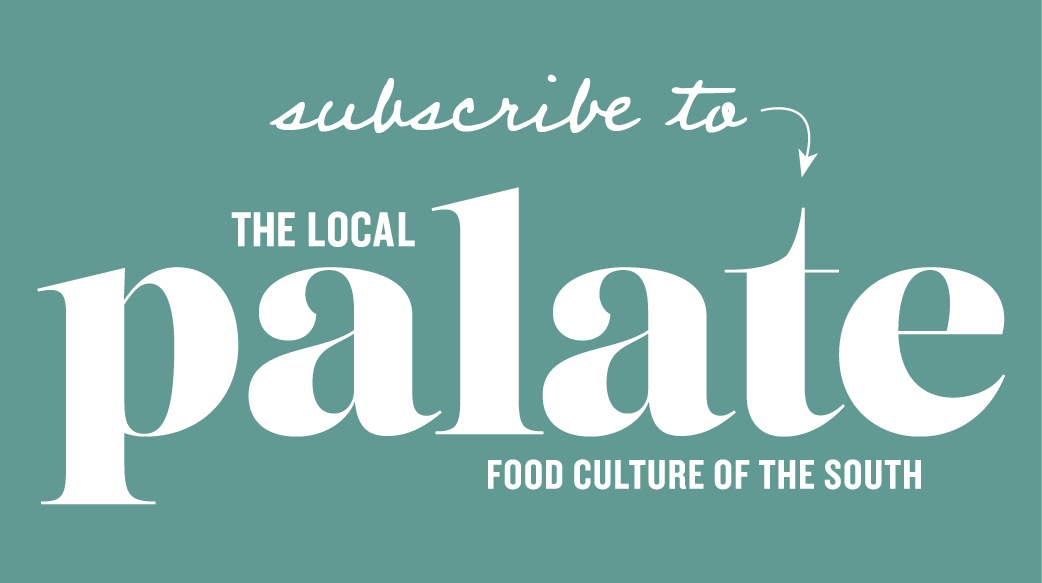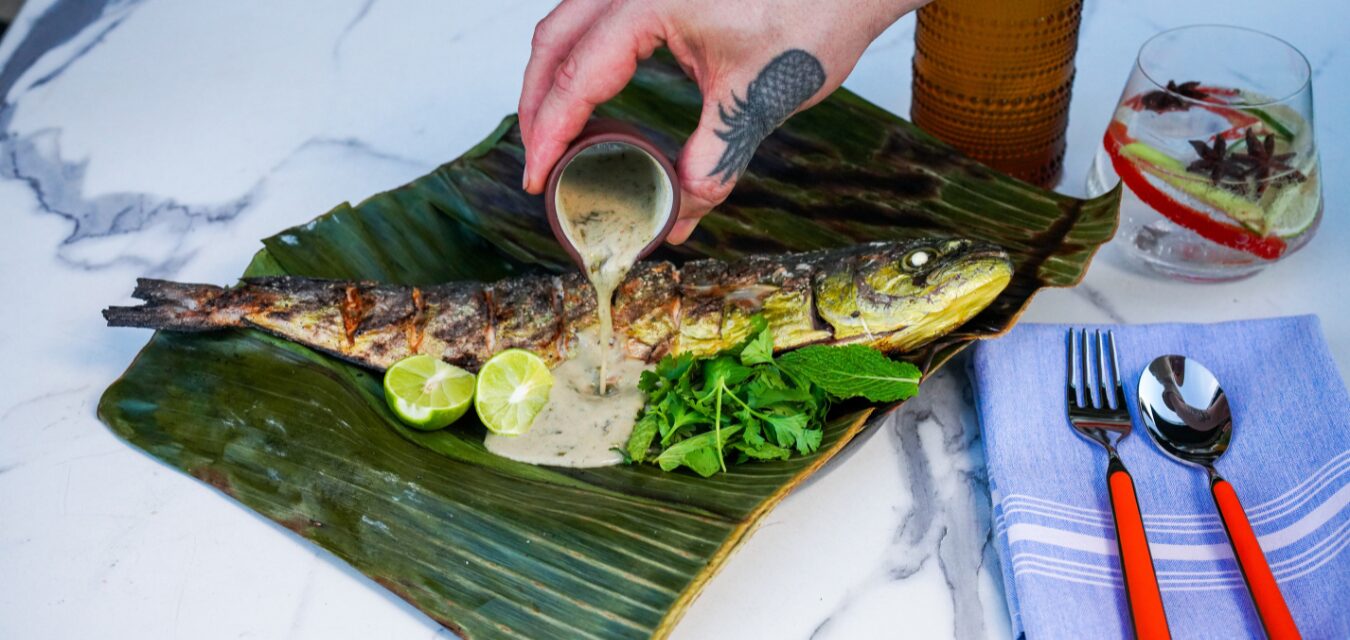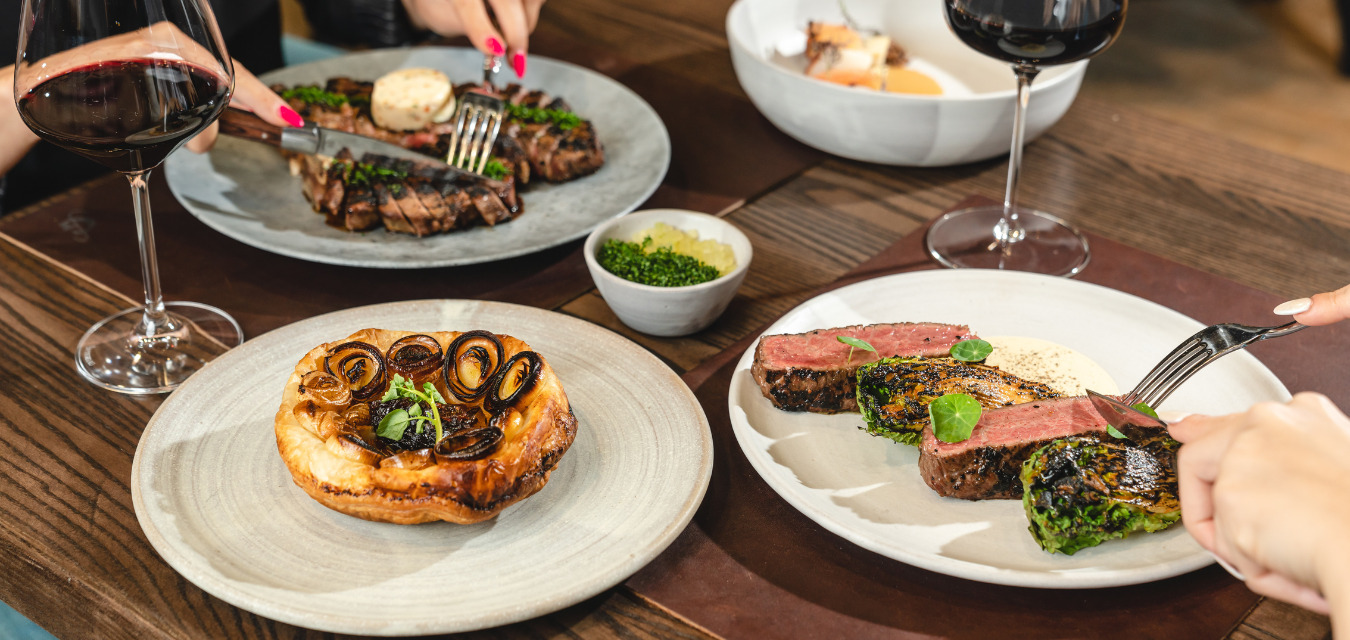At OKO in Austin, chef Harold Villarosa isn’t just serving Filipino food—he’s telling a story. It begins in the rice paddies of the Philippines, winds through the streets of the Bronx, sharpens in fine dining kitchens, and emerges at a place of deep cultural celebration and community.
Raised in Iloilo City in the Philippines—where morning markets and freshly butchered meat from neighbors were part of daily life—Villarosa was cooking “farm-to-table” before the term existed. At age 9, he immigrated with family to the South Bronx, where he witnessed firsthand what it meant to live in a food desert, and by 16 he stepped into his first kitchen job at a Midtown McDonald’s. These experiences shaped his culinary philosophy: cook sustainably, use what you have, and celebrate the ingenuity that comes from necessity.
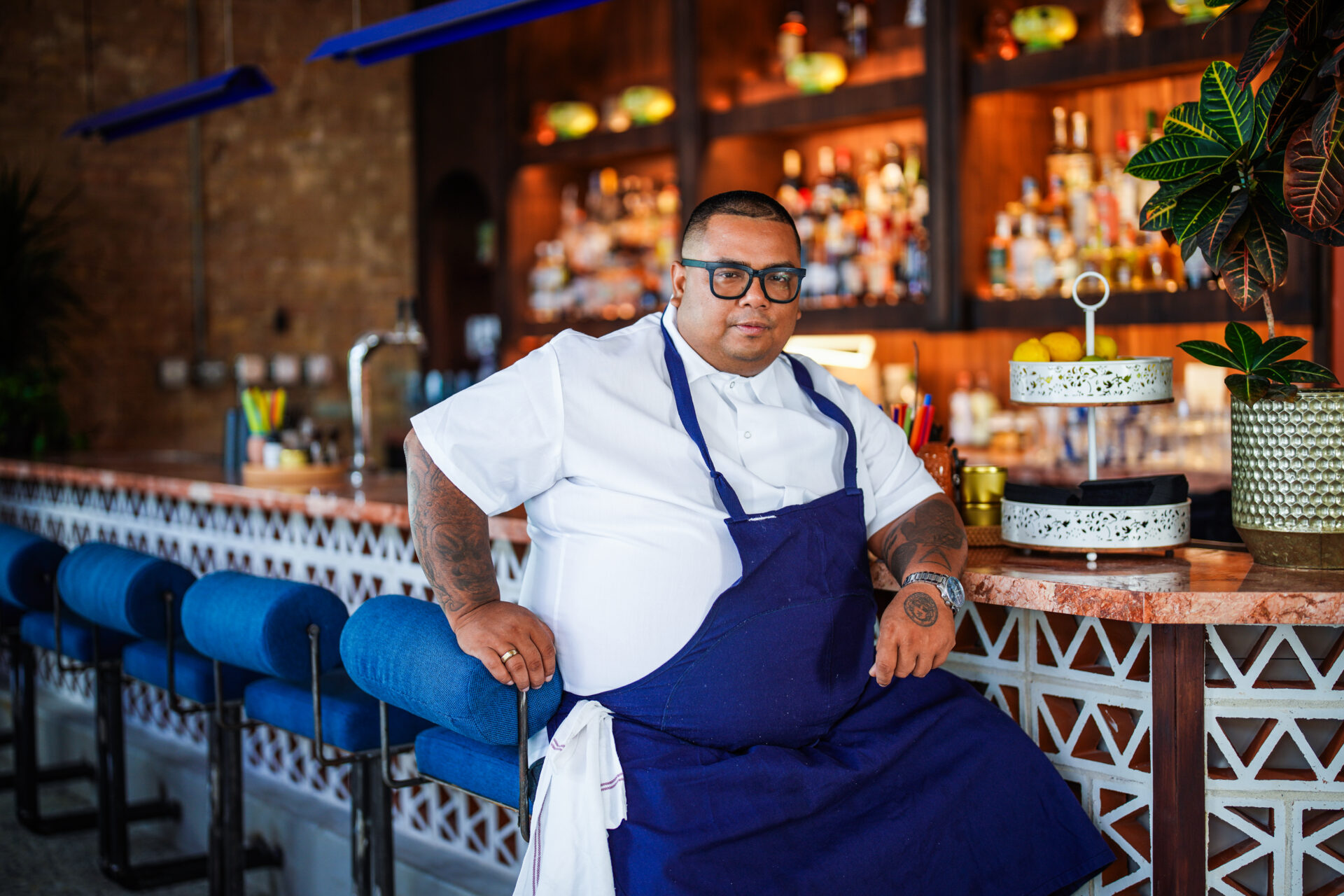
“My approach to food has become focused on sustainability and something we call ‘struggle seasoning’— using what we have and being able to live within our means is the lesson learned in the food desert of the Bronx,” says Villarosa.
Villarosa went on to cut his teeth in some of New York’s top kitchens, staging at restaurants like Aquavit, Aureole, Rouge Tomate, Bâtard, and Per Se. A pivotal moment came when he was invited by chef René Redzepi to stage at Noma in Copenhagen, then ranked the No. 1 restaurant in the world. Back in New York, he took on the role of chef de cuisine at Maison Pickle before landing his first executive chef position at Freemans Restaurant, where he used local, seasonal produce to craft comforting American classics.
But after years of focusing on French technique, digging deep into New American cuisine and exploring New Nordic cuisine, Villarosa felt a pull back to his roots. He was especially inspired by his friend Miguel Trinidad, the chef and owner of New York’s Maharlika, to get back into Filipino cuisine in 2016.
“He showed me that there’s a lot of Filipino cultural connection in every cuisine, which gives us the flexibility to be really creative,” says Villarosa. “I love open fire cooking and going deeper into what Filipino food means to me as I learn more about myself and my culture.”
In between making videos for Bon Appétit and appearing on Bobby Flay’s BBQ Brawl, Villarosa began hosting kamayan dinners. These celebratory, communal feasts feature grilled meats and seafoods, vegetables, garlic rice, and Filipino favorites like pancit and lumpia, all served over banana leaves.
“To me, kamayan really means community,” says Villarosa. “When dining in a Filipino household, most of the time there’s a buffet of food on the table that you usually eat with your hands. Sharing this tradition feels so important because food really gives people from all walks of life a common denominator and brings everyone to the table.”
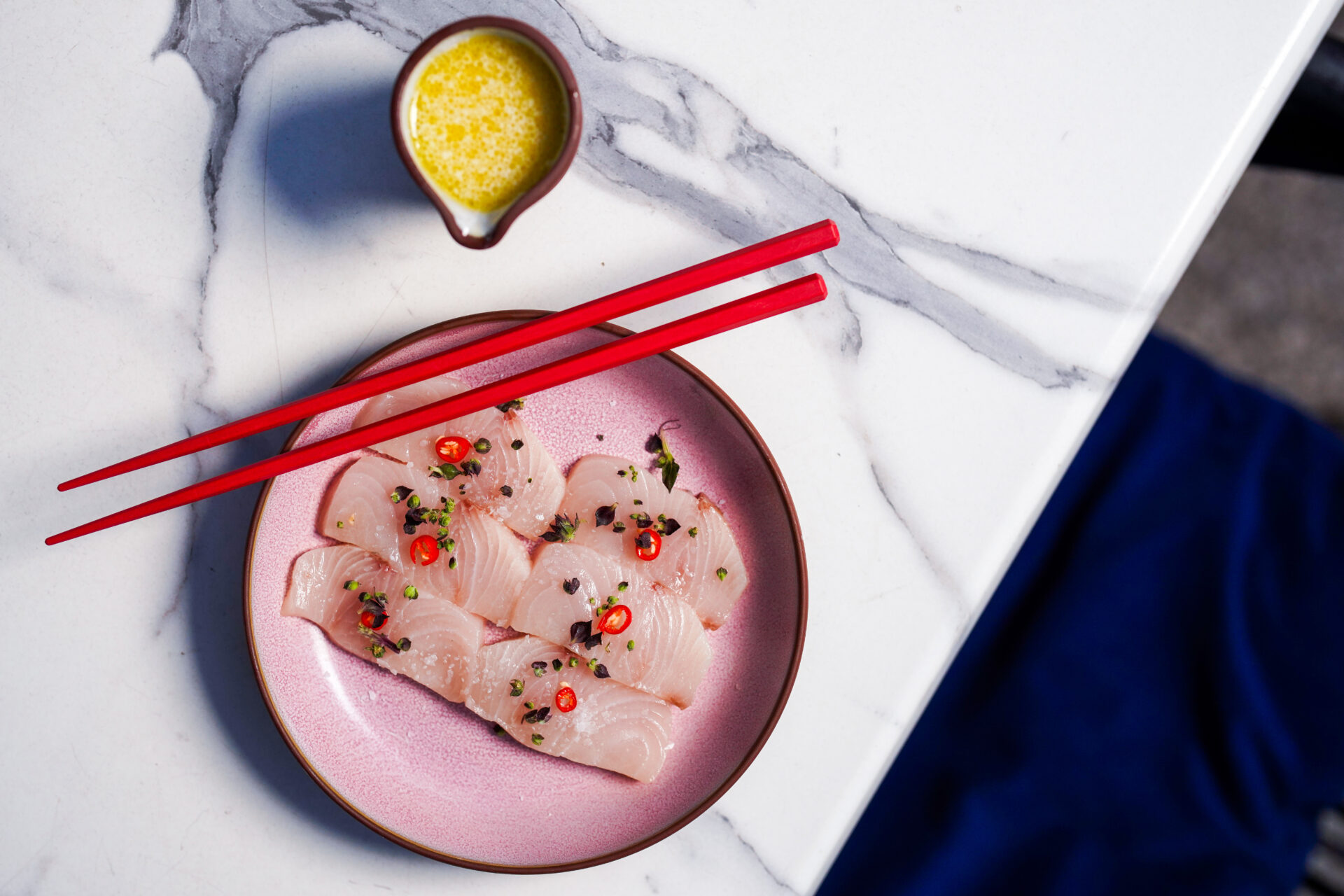
Villarosa began collaborating on kamayan dinners with other chefs, sometimes juxtaposing entirely different cuisines to tell a story. Tom Cunanan, the chef behind DC’s Bad Saint, connected Villarosa with Paul Qui, who operates restaurants in Austin, Houston, Miami, and Denver under his group FAM Hospitality. The two chefs began to put their heads together on a new restaurant project with Trinity Concepts.
“Coming from a lot of New York kitchens, my mind is always about how can I maximize the space and my team’s efficiency and talents without increasing the stress level, while still maintaining a work-life balance, and chef Paul comes with an encyclopedia worth of food knowledge that I can tap into anytime,” says Villarosa. “It was a dope partnership.”
Originally envisioned as Hawaiian, the concept evolved into something broader: a celebration of Filipino cuisine through the lens of Southeast Asia. “OKO,” which means “different” in Hawaiian, reflects that journey.
“OKO is a concept that honors diversity and adaptability, presenting Filipino flavors in a way that feels both fresh and familiar,” says Villarosa. “Now I think the name is a reflection of the restaurant’s journey: rooted in difference, driven by cultural dialogue, and defined by a willingness to pivot and evolve.”
Opened in late 2024 on East 6th Street, OKO is a bright, inviting space filled with color— pops of cheery orange, lime green, and cobalt blue play against exposed brick, and vibrant plants lend a welcome tropical touch. A well-appointed list of low intervention wines appears alongside cocktails boasting ingredients like ube, pandan, lemongrass, banana demerara, and toasted rice washed bourbon.
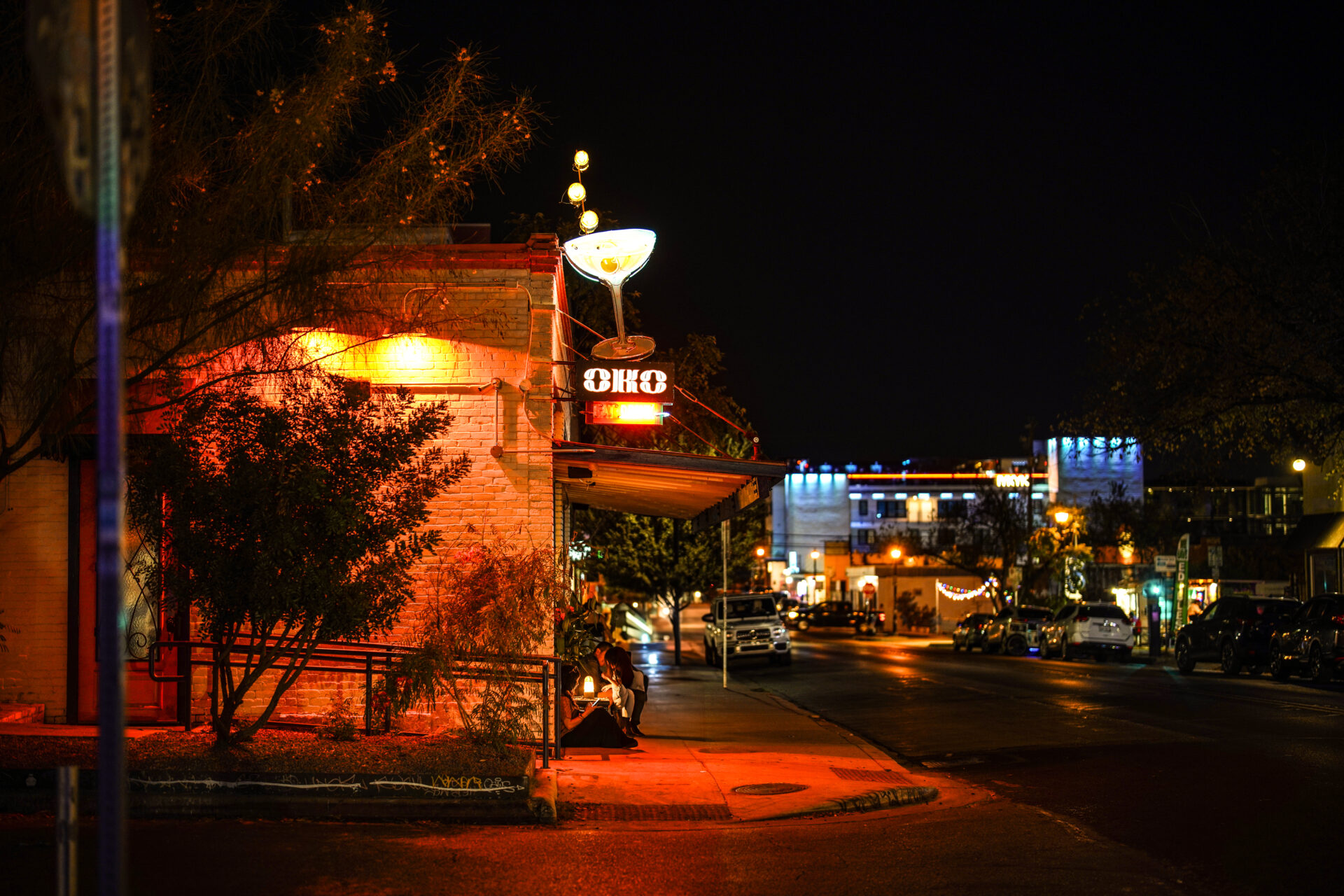
Villarosa’s grandmother’s lumpia and sinigang chicken wings—lacquered in burnt calamansi and caramelized tamarind fish sauce—share the stage with lechon roulade, a slow-roasted pork belly centerpiece, and rich oxtail kare-kare— all beautifully plated and reimagined with seasonal produce and modern technique. From chicken skin chicharrón to pancit Canton, every dish at OKO carries a narrative, mapping the Filipino diaspora through flavor.
“The goal is to tell the history and the story of the Philippines through the food,” says Villarosa. “We want to educate and also satisfy at the same time.”
That ethos carries beyond the kitchen. In New York, Villarosa launched The Insurgo Project—an educational initiative that taught inner-city youth how to cook, grow their own food sustainably, and develop entrepreneurial life skills. When the program ended during the pandemic, he pivoted to cooking meals for frontline workers across 8 to 10 hospitals and later joined the board of Project Barkada, a nonprofit supporting underserved communities in the Philippines with essentials like water, clothing, and school supplies. Now in Austin, he hopes to build a similar community network, with OKO as its heart. For Villarosa, food is more than nourishment—it’s history, identity, and a bridge to belonging. And at OKO, that vibrant culture comes alive with every bite.
Get the Recipe: OKO’s Kinilaw
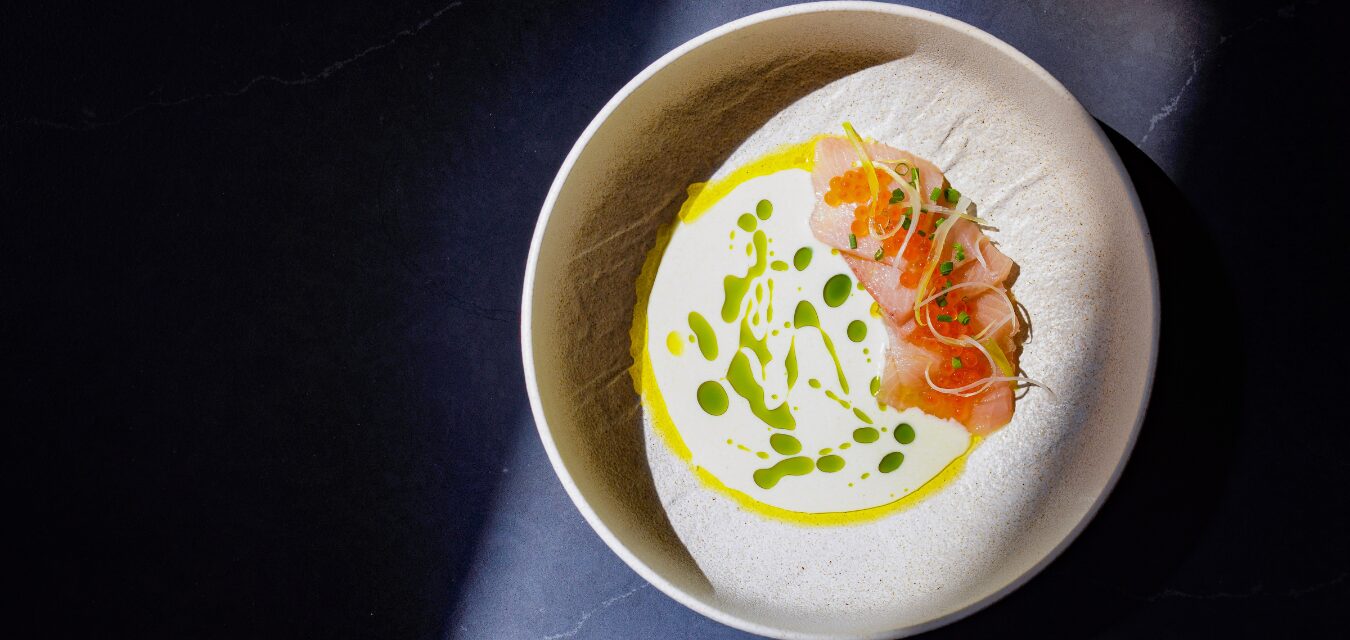
recipe 
yields
Serves 4
4 ounces sushi grade Hamachi, sliced
2 tablespoons ginger, minced
3 tablespoons garlic, minced
1 shallot, minced
¼ cup habanero pepper
¾ cup sugar
½ cup vinegar
1 16 ounce can coconut milk
2 ounces smoked trout roe
2 tablespoons fresh lime juice
A pinch of Maldon sea salt
Ingredients
steps
- To make the habanero vinaigrette, place ginger, shallots, garlic, and habanero in a blender with coconut milk and vinegar.
- Blend till it’s smooth and can pass through a filter. Season with sugar, salt, and pepper (and add more vinegar if desired).
- To plate, place hamachi slices on plate and season with Maldon salt and lime juice.
- Add smoked trout roe over the top and place the habanero vinaigrette next to hamachi.
- Mix everything together and bon appétit!
Want the Latest in Nashville, Charleston, Atlanta, Charlotte, and Austin? Subscribe to our Snapshot Newsletters for an inside look at your favorite cities.
Keep Reading
In the Field
Are Austin Hotel Restaurants Having a Moment?
Are hotel restaurants having a moment? Contributor Veronica Meewes spills on the best Austin hotels for eating and drinking.
On the Road
How to Eat Your Way through Austin City Limits
Austin City Limits will leave you with full hearts and bellies as you listen to your favorite artists and indulge in delicious festival foods.
On the Road
Austin
“Keep Austin weird,” they say. And while it is delicious, savory, modern, and unique, we love that it’s also a little weird.
share
trending content
-
The Ultimate Maryland Dining Guide | Listen
by TLP Editors -
The Gimlet: Mixing the Ideal Chill Out
by Emily Havener -
Exploring the Gullah Geechee Trail | Listen
-
Spectacular Summer Moments Await in Boone, North Carolina
by TLP's Partners -
7 Cookbooks All About Barbecue | Listen






